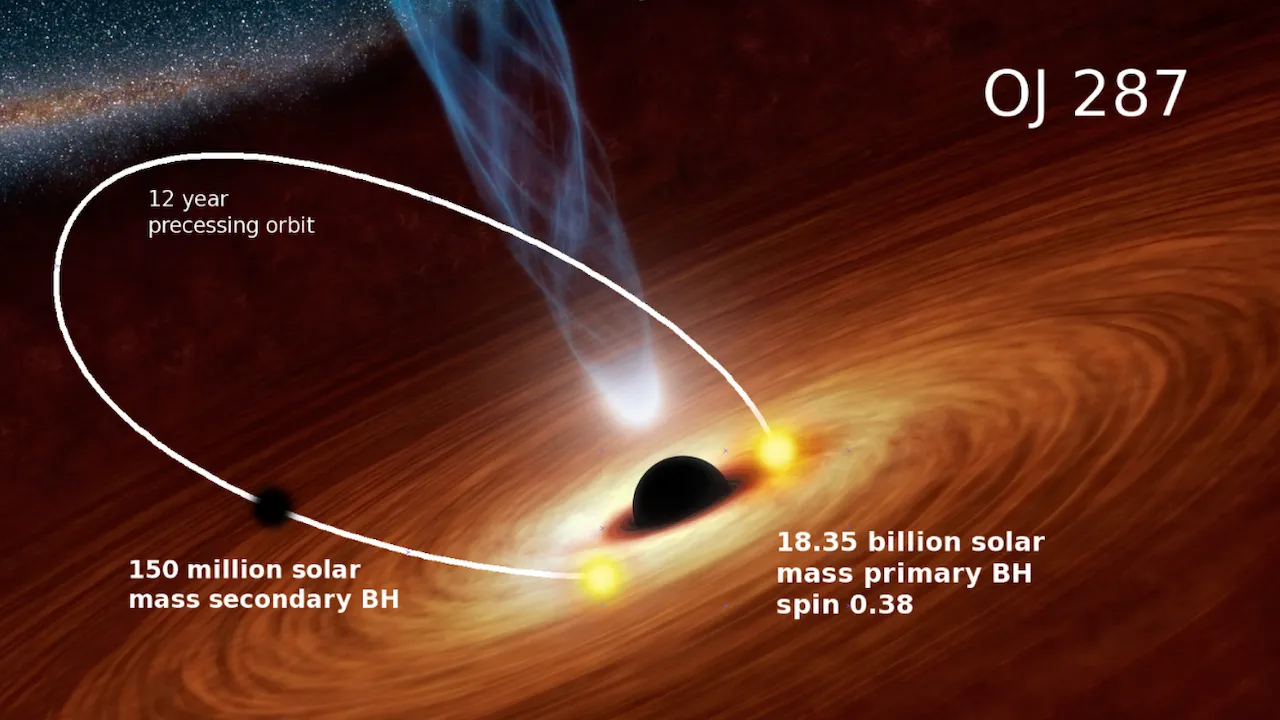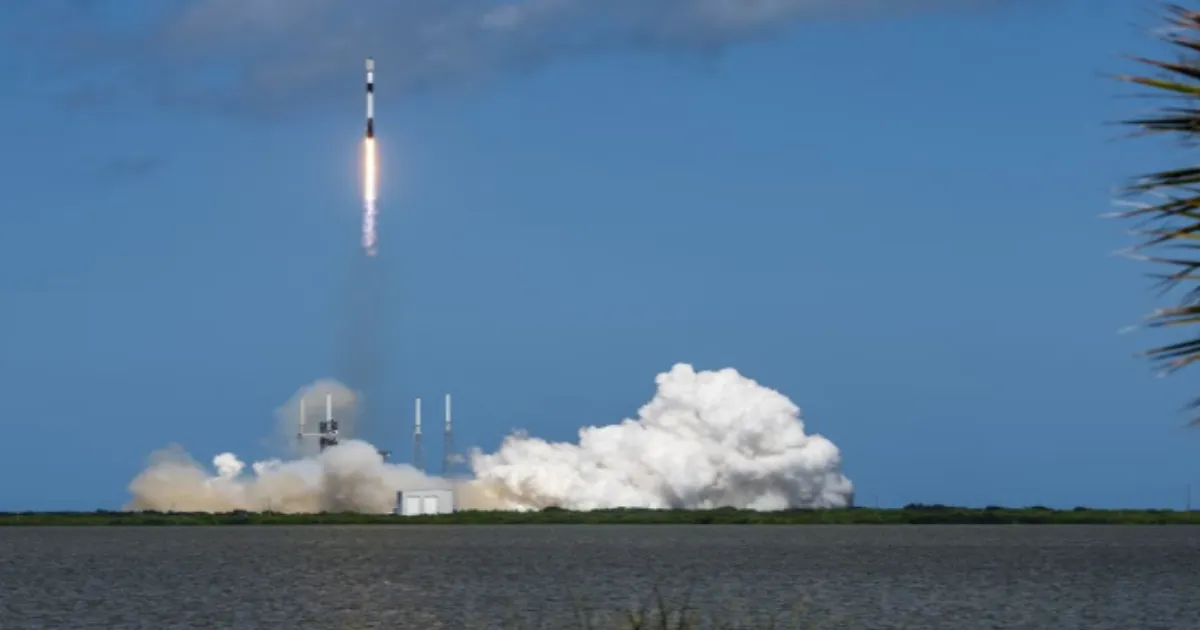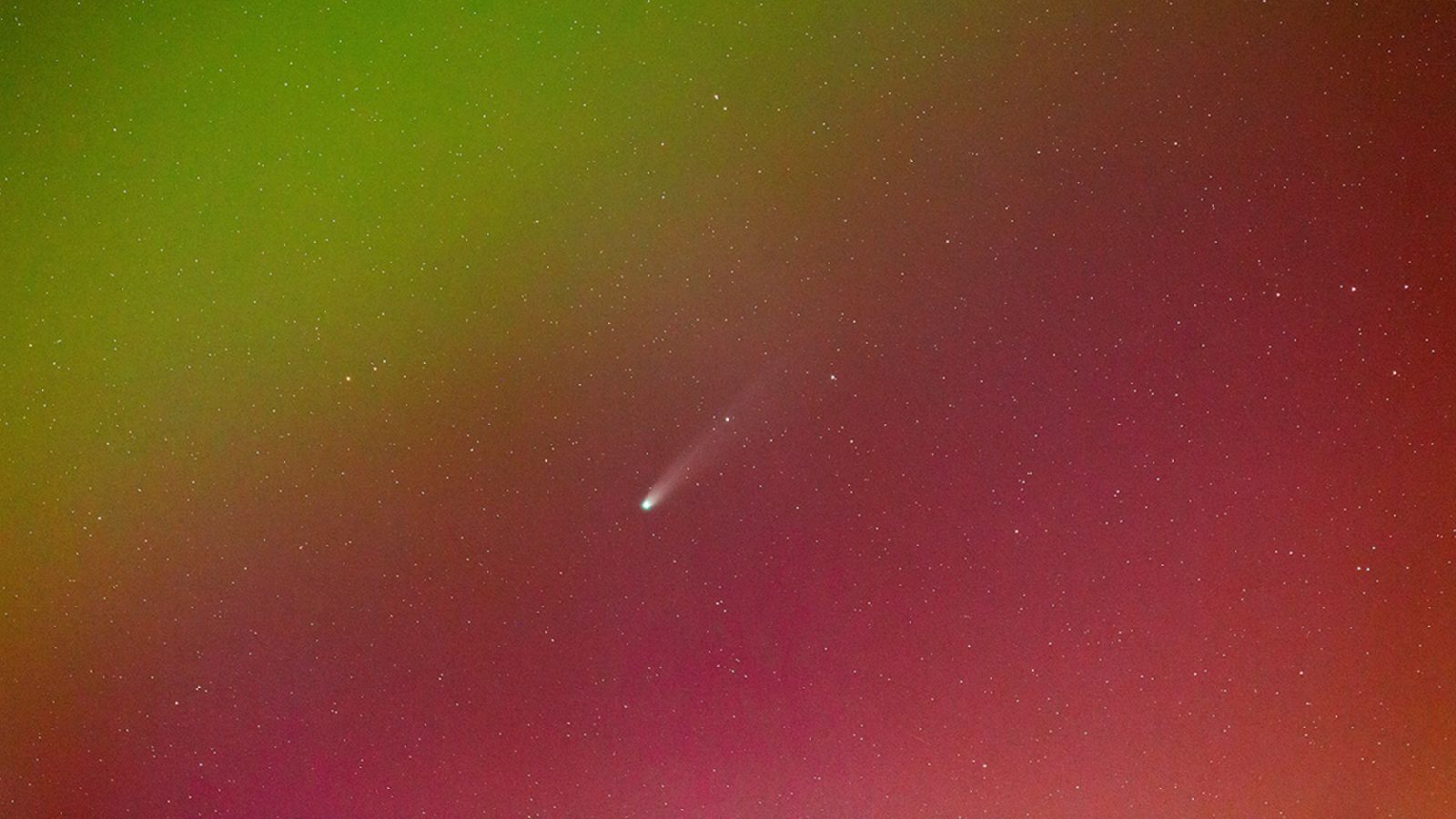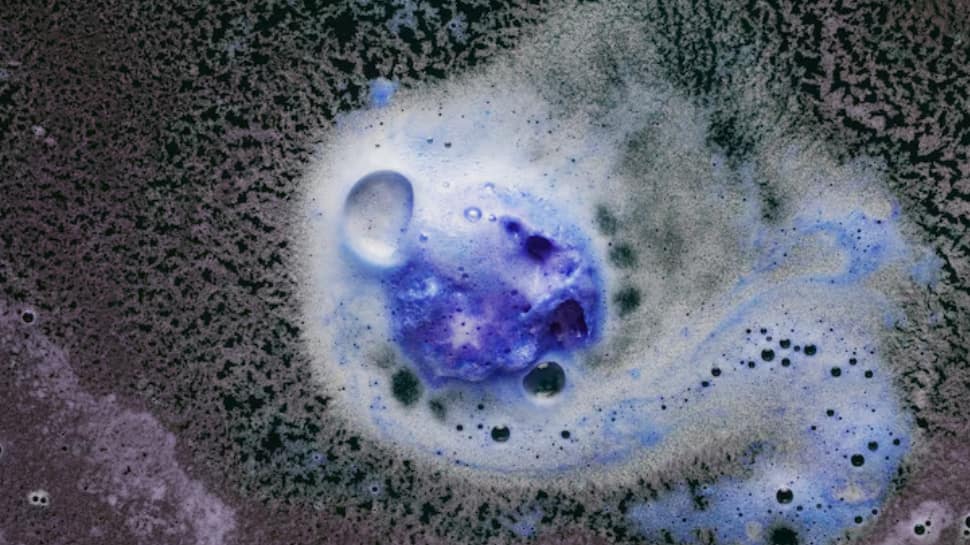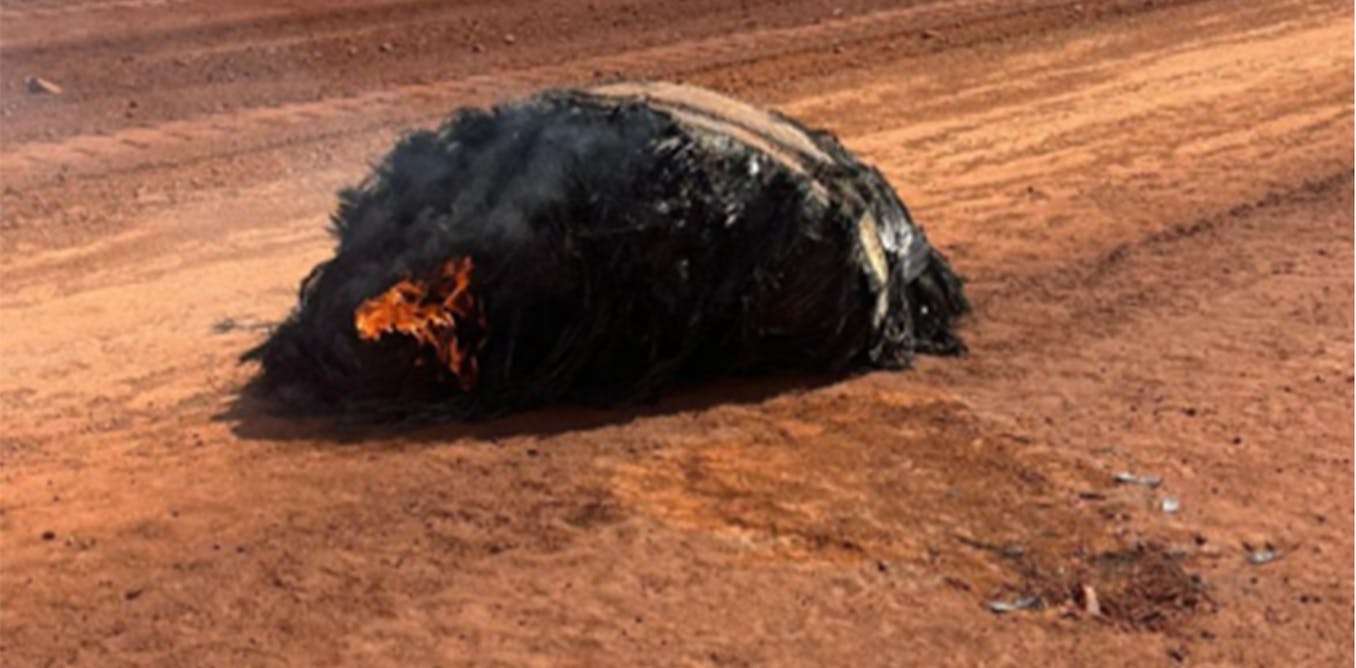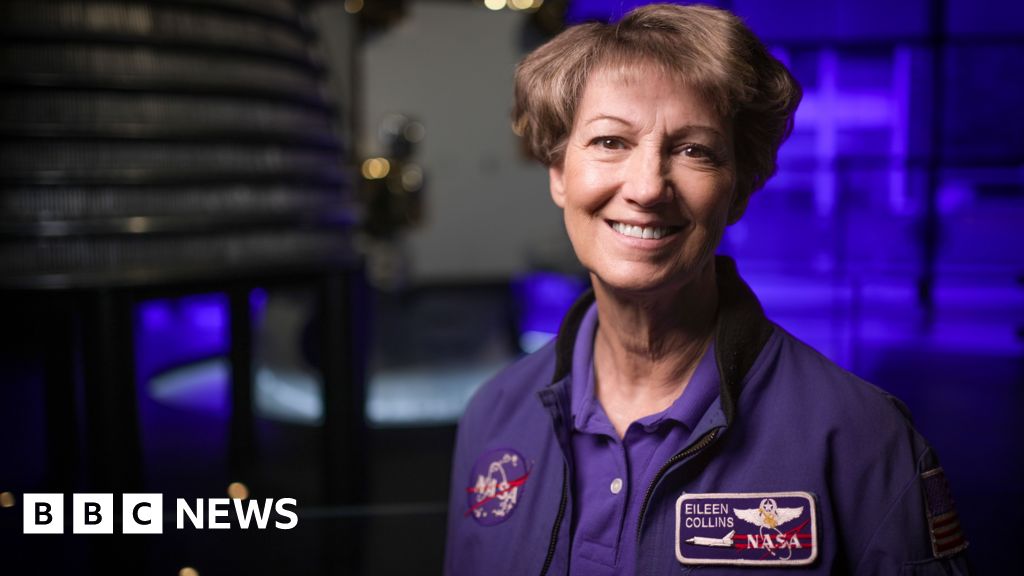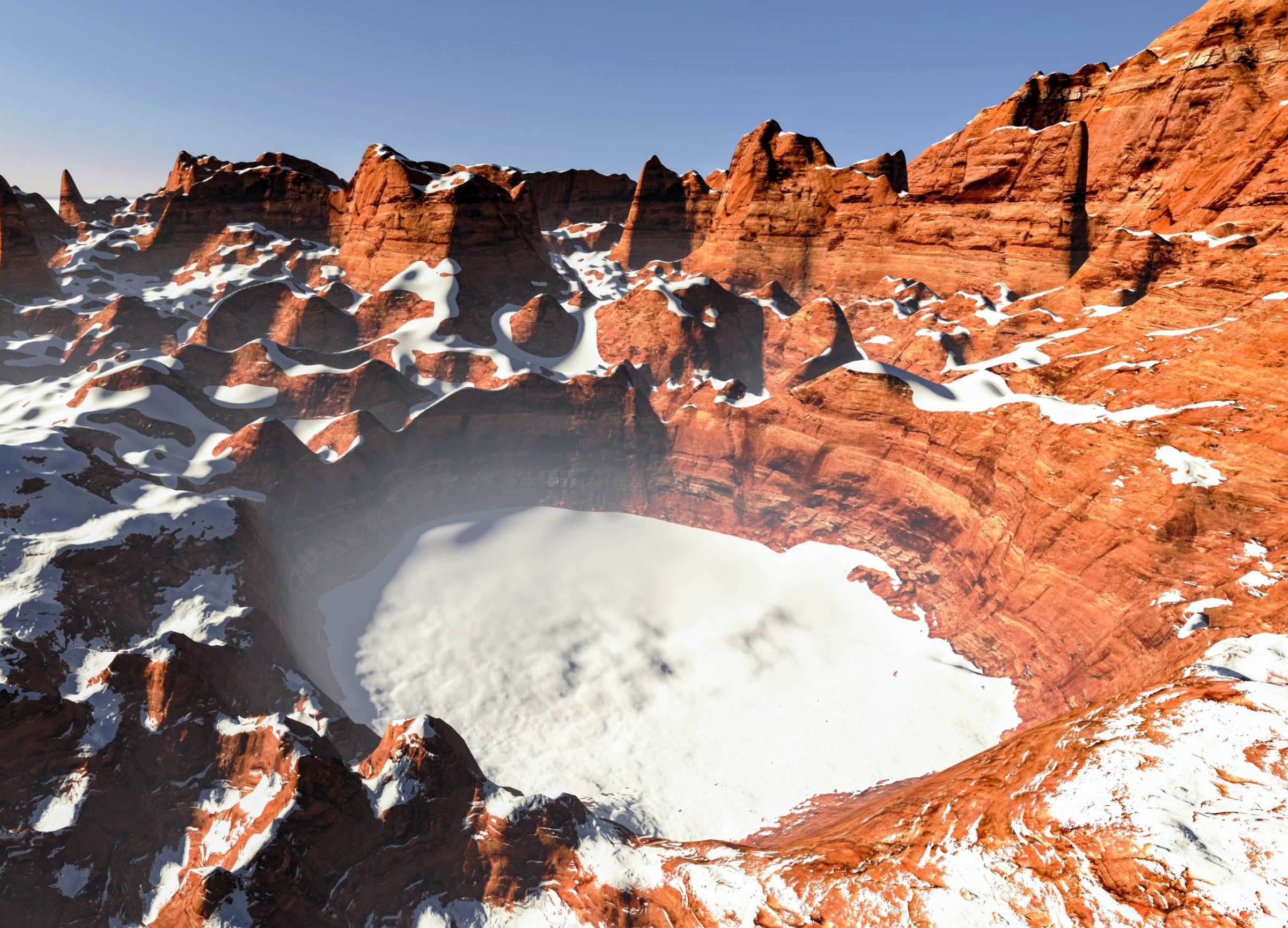Unbelievable Discoveries: Young Galaxies as Cosmic Toddlers Unveiled by James Webb!
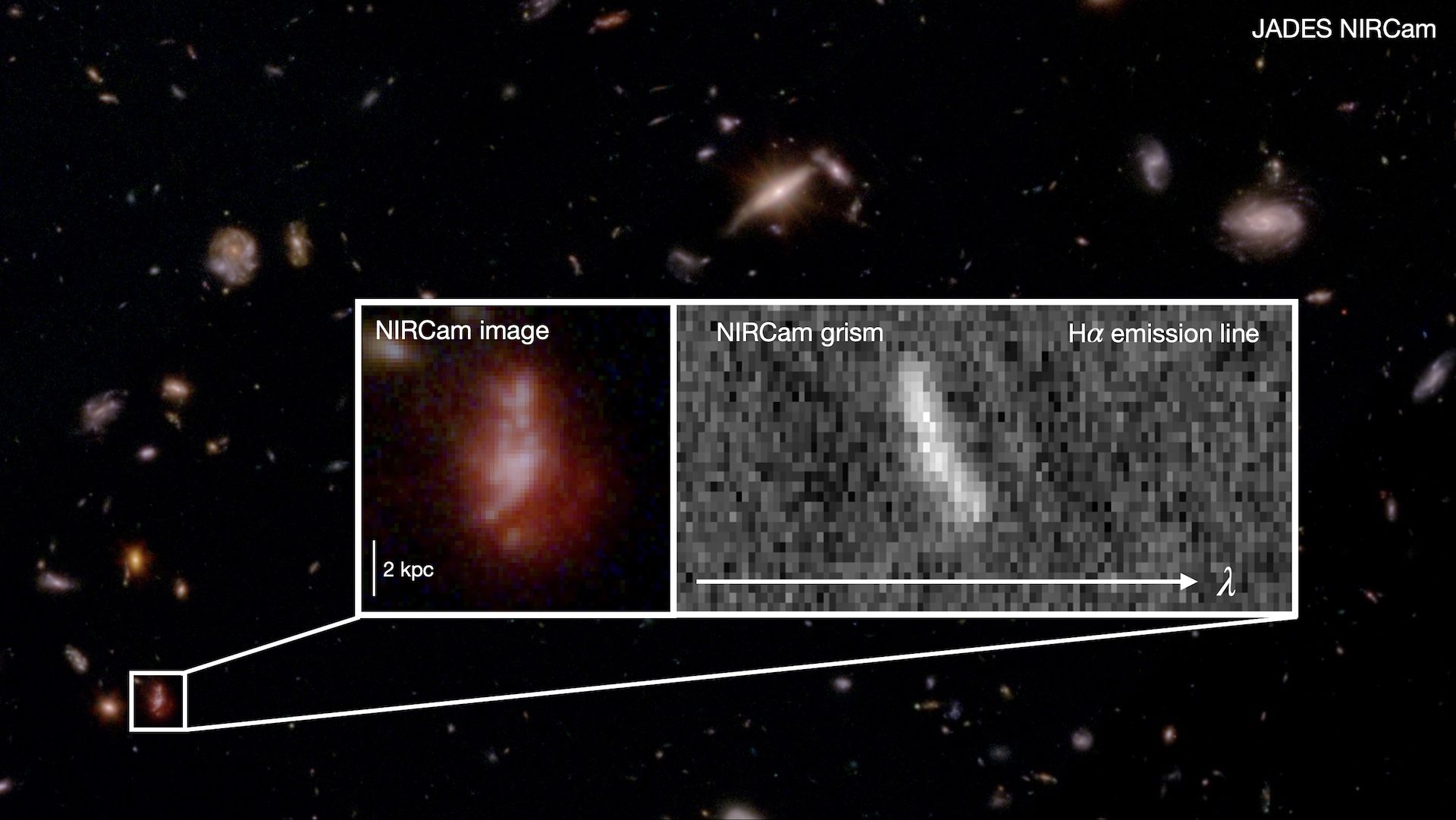
Imagine peering back in time and witnessing the chaotic birth of galaxies, like watching toddlers stumble through their early years—messy, unsteady, and full of surprises. That’s precisely what the James Webb Space Telescope (JWST) has revealed about galaxies from the young universe, shedding light on their tumultuous formative stages.
In a groundbreaking study published in the Monthly Notices of the Royal Astronomical Society, researchers using JWST’s Near Infrared Camera (NIRCam) examined over 250 galaxies that existed between 800 million and 1.5 billion years after the Big Bang, which itself occurred about 13.8 billion years ago. These distant cosmic objects turned out to be far more restless and disorganized than anyone had previously imagined.
Lead author Lola Danhaive, a doctoral candidate at the University of Cambridge's Kavli Institute for Cosmology, described these findings in an email to Live Science, highlighting that the majority of galaxies were experiencing a “turbulent phase” in their evolutionary history. Unlike what previous studies had suggested, which focused mainly on larger, more stable galaxies like our Milky Way, this research targeted the smaller, less massive galaxies that reveal a more chaotic narrative.
What did they discover? A phenomenon dubbed “messy kinematics,” where these young galaxies were not the stable, rotating structures we see today. Instead, they were in a constant state of flux, driven by high amounts of gas that fueled intense star formation and disrupted their orderly motions. Danhaive noted, “Turbulence during earlier phases of the universe's history was much higher than scientists previously thought,” challenging long-held assumptions about galaxy formation.
The researchers detailed how these initial chaotic shapes gradually evolved into the more polished forms we recognize today. At first, galaxies were like wild children, undergoing dramatic bursts of star formation and experiencing gravitational instabilities. Over time, as they gathered mass and their available gas diminished, they began to stabilize, presenting smoother structures.
This study would not have been possible without the JWST, a powerful tool stationed far from Earth’s distracting light, allowing it to see deeper into space than ever before. With its advanced capabilities, the telescope is uncovering galaxies previously deemed unreachable, offering insight into how gas dynamics influence galaxy evolution.
As Danhaive expressed, “This work opens a window into the dynamics of early galaxy formation,” and the research team is eager to continue exploring. Their next steps involve tracking gas inflows and outflows in these galaxies, which will help them understand why some spin faster than others. “There is so much more to uncover with JWST's amazing capabilities,” she concluded, leaving us all on the edge of our seats for what’s next in this cosmic journey.













